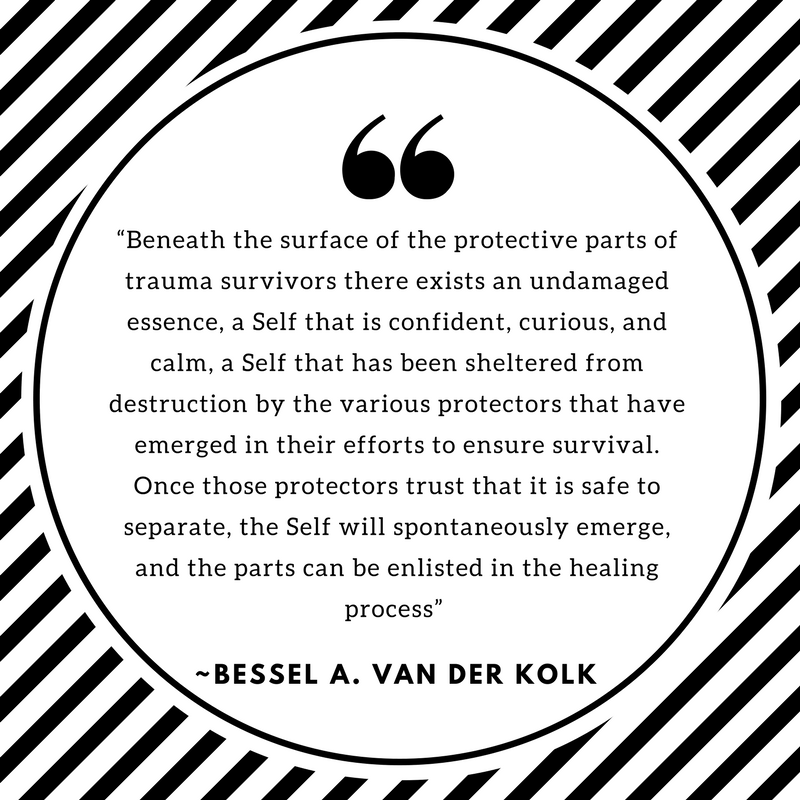Did you know that the Red Cross has a Disaster Mental Health Program? They are working behind the scenes to gather resources and support the red cross volunteers responding to crises, in addition to gathering resources for the community. Here are some helpful resources compiled thus far (4/6/20). Some of the links before are to be supports for the mental health providers as well, as they are learning how to work online and across state lines.
“Assistance
Children – Dr. Wendy Time
“I wanted to do something to help children and families during this stressful and uncertain time. Starting today, I will be posting a video I’m calling Dr. Wendy Time. I will post segments 2-3 times a week. The program will consist of activities to help children, around the ages 4-11 years, cope emotionally as well as activities to do at home for fun. The videos can be accessed on my Facebook page, https://www.facebook.com/Wendy-Blumenthal-PhD-160539851101571/ “
Florida coronavirus 24/7 hotline available for emotional support. Bilingual hotline available for all Floridians: https://www.clickorlando.com/news/2020/03/13/florida-coronavirus-247-hotline-available-for-emotional-support/
Florida Blue said licensed clinicians are available to speak to anyone in Florida free of charge in both English and Spanish, including those who do not have insurance or have coverage with another health plan. The emotional support line can be reached at 833-848-1762.
Orange County Resident Resources – Coronavirus (COVID-19): https://www.ocfl.net/EmergencySafety/Coronavirus/Coronavirus-ResidentResources.aspx#.
Mental Health Assistance: Aspire Health Partners is offering a dedicated telephone line to assist residents with mental health concerns related to COVID-19. Residents can call the helpline to be connected with a caring mental health professional. 407-875-3700 X2 | Aspire Health Partners
Disaster Distress Helpline – SAMHSA’s Disaster Distress Helpline provides 24/7, 365-day-a-year crisis counseling and support to people experiencing emotional distress related to natural or human-caused disasters. Call 1-800-985-5990 or text TalkWithUs to 66746 to connect with a trained crisis counselor. https://www.samhsa.gov/find-help/disaster-distress-helpline
The Mental Health Association of Central Florida: https://www.mhacf.org/ Will connect those who need assistance to counselors, (407) 898-0110. In Central Florida will give info for other areas.
NAMI Pinellas County, Florida: http://nami-pinellas.org/ NAMI Help Line: Offers free information, referrals and support can be reached by calling 727-791-3434, the Peer Support Help Line can be reached at 727-600-5838
Telehealth State Rules
For Mental Health Professionals: State-by-state guide to the rules/laws about telehealth services across state lines https://cmhc.utexas.edu/state_telehealth.html
Health Care Workers
The Covid-19 crisis too few are talking about: health care workers’ mental health https://www.statnews.com/2020/04/03/the-covid-19-crisis-too-few-are-talking-about-health-care-workers-mental-health/
Hospital – UNC – Mental Health/Emotional Support Resources for Co-workers and Providers
Hospital – UCSF – Resources to Support Your Mental Health During the COVID-19 Outbreak
https://psychiatry.ucsf.edu/coronavirus
COVID Resources
Coronavirus (COVID-19)
https://www.cdc.gov/coronavirus/2019-ncov/index.html
Covid-19 and Suicide Prevention
Give An Hour
Resources – https://giveanhour.org/coronavirus-resources/
Coronavirus PSAs – https://vimeo.com/showcase/6912221
NAMI’s helpline and a 15 page comprehensive brochure for all kinds of services plus mental health
Stress and Coping
https://www.cdc.gov/coronavirus/2019-ncov/daily-life-coping/managing-stress-anxiety.html
COVID-19 Overview (about 1 hour video)
The video is by a physician, Dr. David Price, at Cornell Medical Center who works with COVID-19 patients everyday. His message is simple and empowering. You’ll feel better and less afraid after watching the video. https://vimeo.com/399733860
A guide to the COVID-19 pandemic
Speaking of Psychology: Managing Your Mental Health During COVID-19 with Lynn Bufka, PhD
https://www.apa.org/research/action/speaking-of-psychology/covid-19-mental-health
Grief Issues
New Grief: Staying Connected to Help | COVID-19 Coronavirus
Grief support systems have been wrecked by COVID-19





